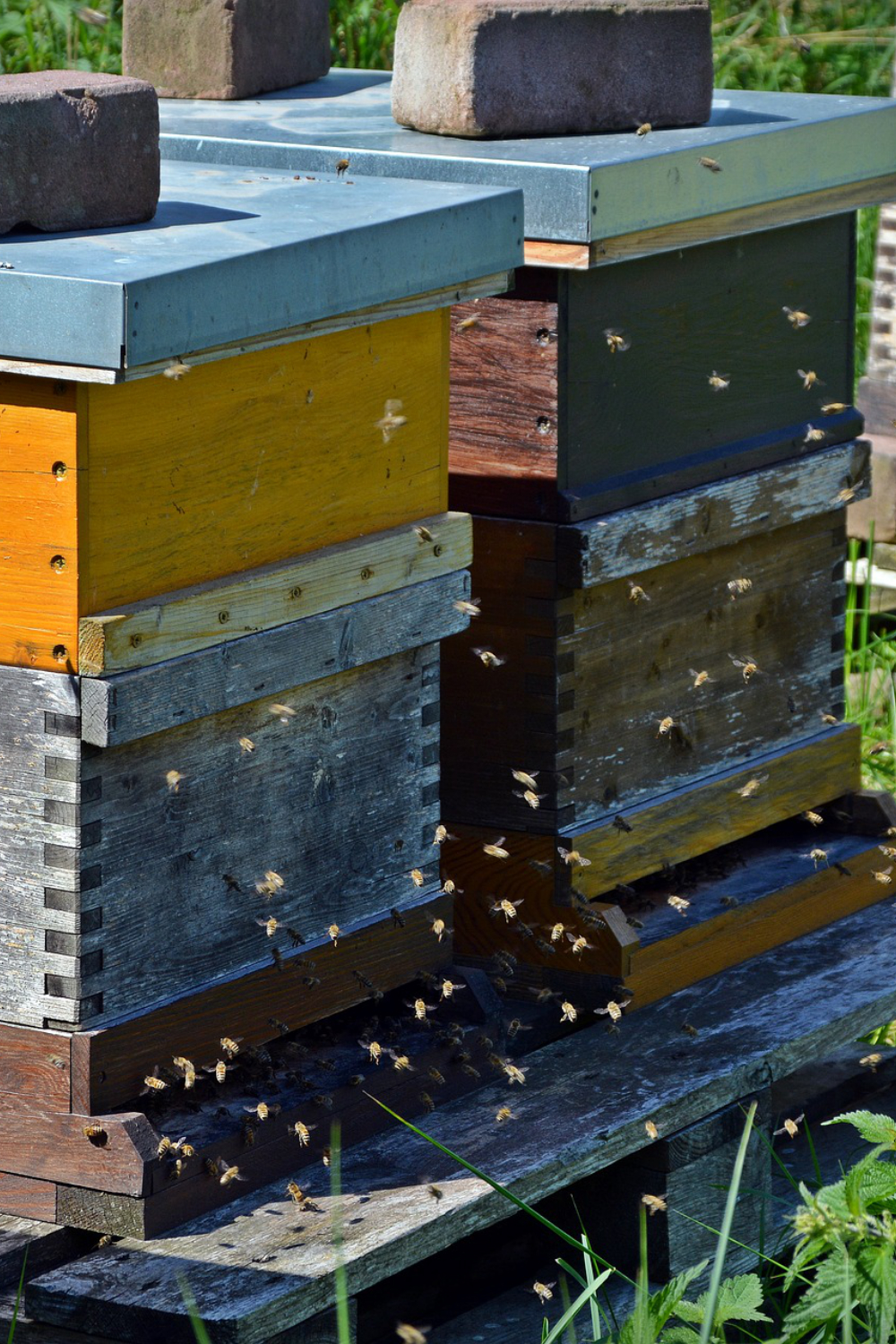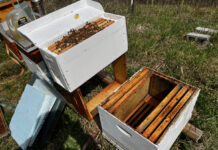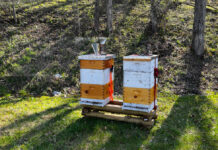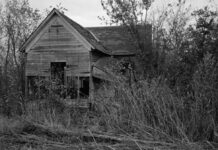Feeders
We will not discuss powder feeders, other than to say you can buy them commercially or find instructions online for building simple models from PVC pipes.
Liquids can be fed inside or outside the hives, depending on the season and your available equipment.
A hive entrance feeder is the simplest of feeders and one advantage is that you can refill it without opening and disturbing the hive. A disadvantage is that they do not hold much and you may find yourself needing to refill the jar daily.
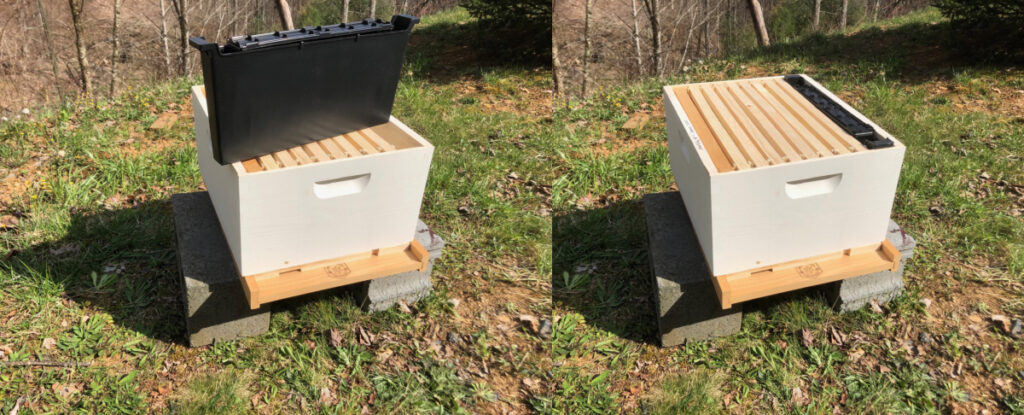
Frame Feeders
These feeders replace a frame in the hive body and are filled with sugar water. They usually include ladders that allow the bees to descend to the fluid level and harvest the replacement nectar. One advantage of these is that bees do not have to leave the hive to access the feeder, so they can feed even when it is raining. A disadvantage is that a few bees may drown. You also have to remove the hive top and inner lid to refill the feeder.
Hive-top Feeders
Feeders placed above the frames address this disadvantage. They can be refilled without disturbing the bees. Simply remove the top cover and refill the feeder.
There are multiple models of hive top feeders available. If the design you pick has liquid in a tray, I recommend those made from plastic because my experience with wooden frames holding liquid has generally been bad. Plastic trays are easier to clean, will resist mold better, and do not rot.
Some styles of hive top feeders can also be used to feed bee candy or fondant.
You should check your feeder frequently and refill as necessary. If you have a large hive and there is a dearth, you may want to check it daily, depending on the feeder’s volume.
The biggest advantage of hive-top feeders is that they can hold a gallon or two of feed. This means the beekeeper does not have to refill the feeder as often.
